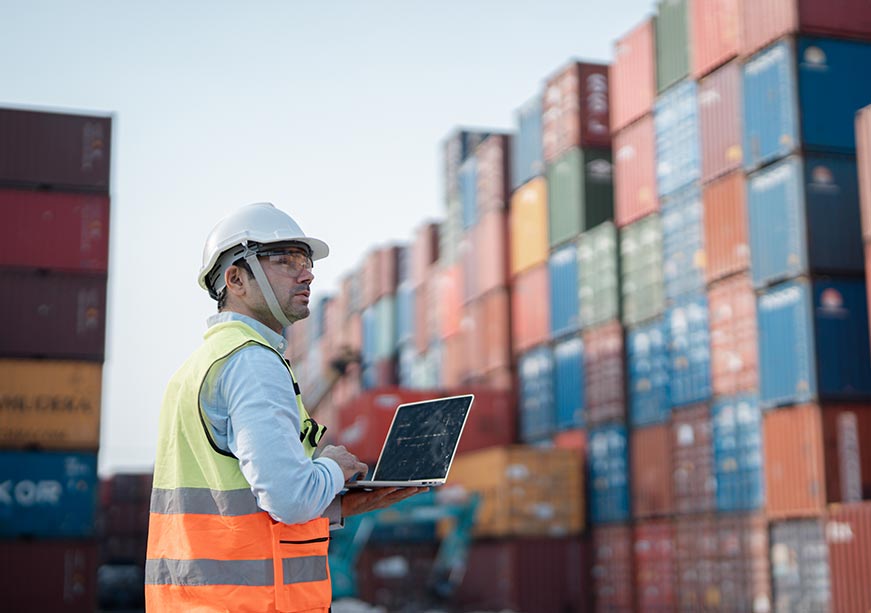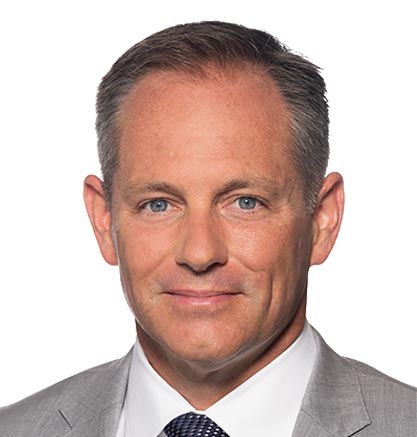-
CENTRES
Progammes & Centres
Location
Maritime shipping calls for a paradigm shift, one marked by multimodalism, which has significant utility for India, easing the cost of transportation and enhancing trade and economic growth.

Image Source: Getty
This article is part of the essay series “Sagarmanthan Edit 2024”
The world of shipping is on the cusp of a paradigm shift as geostrategic realities shift and amidst quickening technological changes. Envisioning how to remain relevant in this new maritime world will be critical.
One way to do this is to lead a successful revolution in shipping. This will require out-performing “heavily subsidised” and government-directed shipbuilding and shipping industries. Doing so requires changing the paradigm of modern logistics through a “blue ocean strategy”[i]—a multifaceted approach that creates new market space rather than continuing to compete in a conventional way. The past helps point the way ahead.
The last maritime paradigm shift was thanks to two innovations perfected shortly after World War II: Modular ship construction and containerisation of cargo. Modularisation proved critical in World War II by rapidly connecting dispersed United States (US) factories, producing modules that were then assembled in shipyards. Cargo containerisation was the brainchild of Malcom McLean, who in 1956 used a repurposed wartime tanker to move 58 truck trailers.
Cargo containerisation was the brainchild of Malcom McLean, who in 1956 used a repurposed wartime tanker to move 58 truck trailers.
The next paradigm will be a new intermodalism that connects more customers across a more dispersed trade network. A key feature of this will be integrating seamlessly new and legacy means of transport by updating today’s container-dominated multimodalism. Getting started, as McLean learnt in 1956, begins with a workable vision that addresses three fundamentals of profitable shipping:
A revolution in shipping will be possible if several key technologies are employed in a new global logistics network. Five elements of this new multimodal system include:
Acting on this vision requires executing a proof-of-concept demonstration to refine the concepts and business model. Such a demonstration would begin to address the innovator’s dilemma regarding forecast costs and optimised operations —“markets that don’t exist can’t be analysed.”[iii] Moreover, a demonstration would provide important operational experience to address unexpected engineering challenges. Finally, a successful demonstration would build confidence in the approach, and thereby attract investment and government support.
Bigger ships and emission rules are incentivising the development of small maritime modular reactors.
The shipping industry is highly competitive and benefits from government backing. This makes it critical to establish a favourable environment for this novel multimodalism. This can be done by an informal group of like-minded maritime nations coordinating regulatory and commerce policies to harmonise domestic activities and facilitate the development of this multimodalism. Participants would consist of leaders in ships owned, shipbuilding capacity, or merchant mariners.
In the US, there is serious consideration and investment being made in elements of this new multimodalism. This has utility for nations like India, potentially unburdening communities from costly transportation and preventing greater connection to trade and economic growth.
Brent Sadler is a Senior Research Fellow with the Naval Warfare and Advanced Technology, Allison Center for National Security at The Heritage Foundation
[i] W. Chan Kim and Renee Mauborgne, Blue Ocean Strategy: How to Create Uncontested Market Space and the Competition Irrelevant (Boston: Harvard Business Review Press, 2015), p. 22.
[ii] Martin Stopford, Maritime Economics, 2nd ed. (London: Taylor & Francis, 2003), e-book location 3985–4537.
[iii] Clayton M. Christensen, The Innovator’s Dilemma: When New Technologies Cause Great Firms to Fail (Boston: Harvard Business Review Press, 2016), 30.
The views expressed above belong to the author(s). ORF research and analyses now available on Telegram! Click here to access our curated content — blogs, longforms and interviews.

Brent Sadler joined Heritage Foundation after a 26-year Navy career with numerous operational tours on nuclear-powered submarines, personal staffs of senior Defense Department leaders, and ...
Read More +